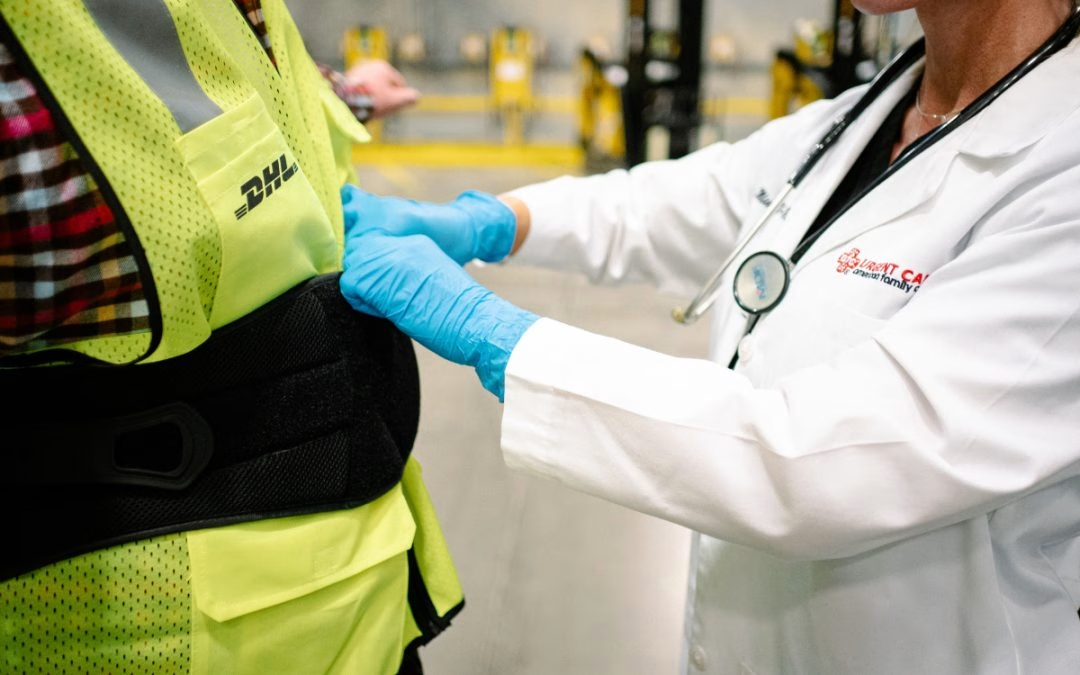Aug 15, 2024 | Healthy Living

Is It Dislocated? Understanding Dislocations
Staying active isn’t a difficult task in Ballantyne with its many nature parks, including the Fitness Trail, but it’s important to be gentle on your joints. A dislocation occurs when a joint comes apart, causing the bones to shift out of their normal position. This painful injury can happen to anyone, but it’s particularly common in athletes or individuals involved in physically demanding activities. While some dislocations may seem minor, it’s essential to seek medical attention promptly to prevent further complications.
Common Types of Dislocations
Dislocations can affect various joints in the body. Some of the most common types include:
- Shoulder Dislocation: This is one of the most frequent dislocations, often caused by a fall or impact.
- Finger or Toe Dislocation: These can occur due to sports injuries, accidents, or jamming the digit.
- Hip Dislocation: A severe injury usually resulting from a high-energy impact, such as a car accident.
- Knee Dislocation: This is a complex injury that often involves damage to other structures, such as ligaments and blood vessels.
- Jaw Dislocation: Typically caused by yawning, chewing, or a blow to the jaw.
- Elbow Dislocation: Often occurs from falling on an outstretched arm.
Dislocation Symptoms
Recognizing the signs of a dislocation is crucial for prompt treatment. Common symptoms include:
- Severe pain
- Visible deformity or misshapen joint
- Swelling
- Numbness or tingling
- Limited range of motion
Preventing Dislocations
While it’s impossible to prevent all dislocations, taking precautions can reduce your risk:
- Warm-up before physical activity: Proper stretching and warm-up exercises can help prepare your muscles and joints.
- Wear protective gear: When participating in sports or other activities, consider using appropriate protective equipment.
- Maintain good overall health: Strong muscles and bones can help prevent injuries.
- Practice good posture: Proper body alignment can reduce stress on your joints.
Treatment and Recovery
Treatment for a dislocation typically involves reducing the joint back into its proper position, which is often a painful procedure requiring sedation or anesthesia. After the dislocation is reduced, immobilization, pain management, and physical therapy may be necessary to promote healing and restore function. Recovery time varies depending on the severity of the injury and the joint involved.
When to Visit our Urgent Care Center
It’s essential to seek immediate medical attention for any suspected dislocation. We provide prompt evaluation and treatment for dislocations and other orthopedic injuries.
Dislocations can be painful and debilitating, but with proper care, most people recover fully. If you suspect you have a dislocation, don’t hesitate to seek medical attention. By understanding the symptoms, prevention methods, and treatment options, you can take steps to protect yourself and minimize the impact of this injury.


